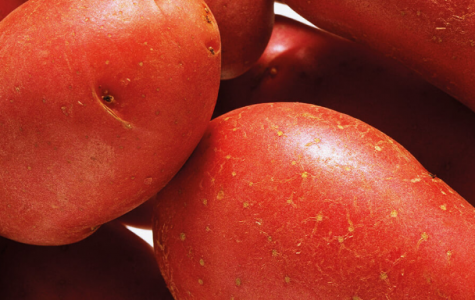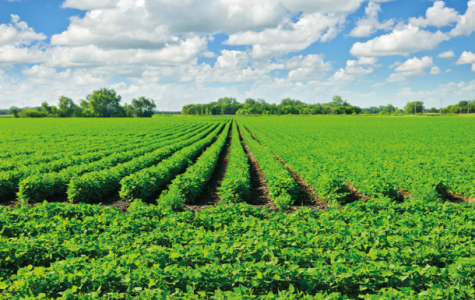The potato started in the Andes and it is one of the crops of greater importance Worldwide. The potato came to Europe in the XVI century by two different ways: one was in Spain around 1570 and the other was by the British Islands among 1588 and 1593, from where it was expanded to the rest of Europe. The annual production is of 300 million tons of the fresh tuber expanded in 19.5 millions of hectares planted. Asia and Europe are the regions with bigger production worldwide, with more than the 80% of the production. Today China is the bigger producer. The Asiatic consume reach nearly half of the world consume, however it excessive population indicates that the annual production by person is just of 25 kg. in 2005. European is the bigger consumer of potato.
It is a plant of template climate and the optimum temperatures are around the 20ºC. The high temperatures affect the formation of tuber and favour the development of plagues and illnesses. The too cold temperatures damage the pant and the tubers remain small and without develop.
Light is one of the key factors in the growing of potato, because it leads to the growing of the fruit. The short light-periods are better to the fruit and the long ones lead to growing. Furthermore, the long periods of light influence on the output of the crop. The light intensity also favours the flowering and fructification.
The tubers are planted on the furrows to 0.5 m, spacing the plantling to 0,3 m, which means a planting density around 35 tubers/hectare. If the plantation is of irrigated land it is possible to reach higher densities.
The choosing of the spacing does not have a direct influence on the global output of the production, but if density is very high, it is possible to obtain smaller tubers, due to a higher competence for light, water and nutrients.
It is a crop with high water requirements and from the sow the hydric situation of the soil has a direct influence on the evolution of the crop.


